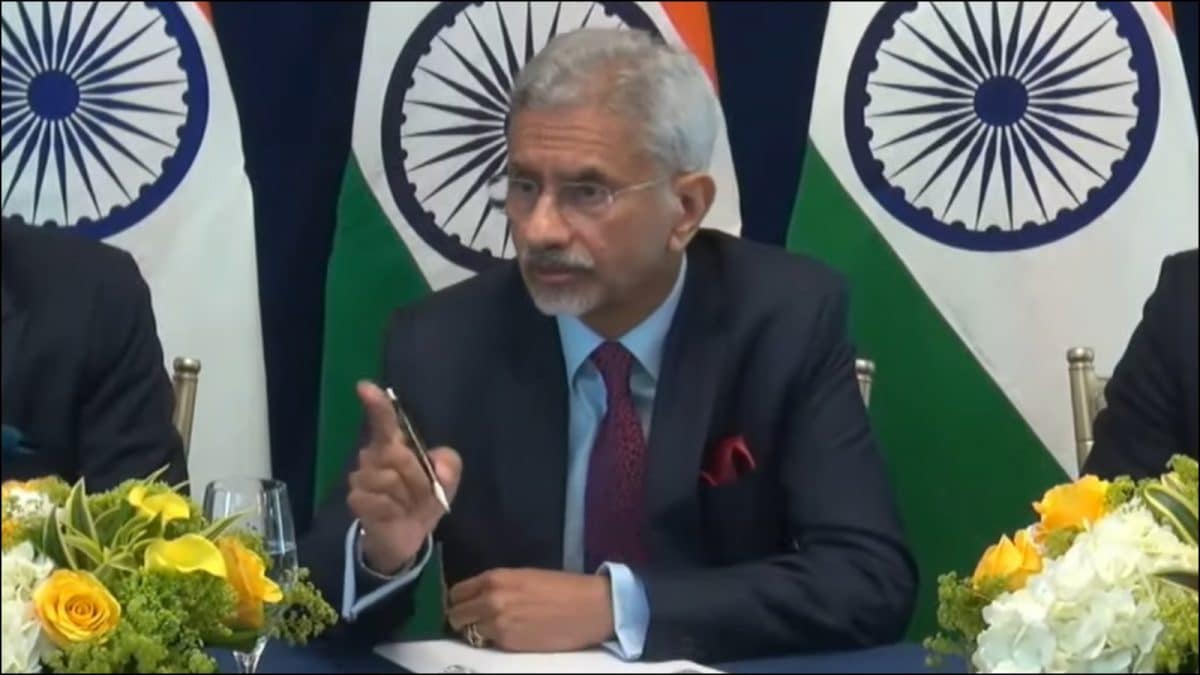Puducherry’s Intermediate Reference Laboratory (IRL)based at the Government Hospital for Chest Diseases has been ranked number one for overall performance of lab activities catering not just to catering not just to Tuberculosis (TB) patients in Puducherry but serves Tamil Nadu and beyond – with a capacity of conducting 1.2 lakhs tests annually, said S. Govindarajan, mission director, Puducherry State Health Society (PSHS).
An IRL in the context of TB is a State-level laboratory within the National TB Elimination Programme (NTEP) which serves as a crucial link between peripheral labs and national reference labs, providing advanced diagnostic services and supporting the overall TB control efforts.
“We increased TB testing rate to 5,268 per lakh population in the first quarter of 2025 marking an 136% increase as compared to 2015,” he added.

Speaking to The Hindu he explained that though Puducherry is battling a relatively high TB death rate of nearly 10 per cent (most deaths attributed to patients from neighbouring states) has now also emerged as a frontrunner in TB testing as it ramped up examinations of presumptive patients from 2,233 per lakh population in 2015 to 2,526 per lakh population in 2024.
Presumptive TB refers to individuals exhibiting symptoms or signs suggestive of tuberculosis (TB). These individuals are then considered for further diagnostic confirmation to determine if they have active TB disease.

The Union Territory in a bid to curb community transmission and bring down the incidence of TB, has been conducting door-to-door active case finding driver with special focus on vulnerable populations who might not display TB symptoms.
“In 2023, together with medical colleges, the State TB Cell screened 5.2 lakh individuals for TB – over 42,000 individuals using the ultraportable hand-held chest X-ray machines. Patients with abnormalities were further tested using the modern diagnostics – NAAT,” explained C. Venkatesh, State TB officer.
He noted that recently the Union Territory, as part of Central Government’s TB elimination programme, mapped 3,74,281 vulnerable people and screened 3.8 lakh people, covering 102% of the target.

Over 24,000 individuals at a high risk of TB, who might not have displayed the typical symptoms of TB, were screened following which over 15,000 presumptive patients were tested using upfront NAAT – the gold standard of TB testing.
“This targeted approach by Puducherry is a game changer in early diagnosis of TB and is boosting the UT’s chance at TB elimination goal,” said Dr. Venkatesh.
According to experts India has shown progress in reducing the TB incidence rate, with a 17.7% decline from 2015 to 2023 but the absolute number of cases remains high
“India has strengthened its TB response with advanced diagnostics, innovative policies, private sector partnerships, and a patient-first approach,” said the Union Health Ministry.



.png)
.png)
.png)
















 3 hours ago
5
3 hours ago
5









 English (US) ·
English (US) ·